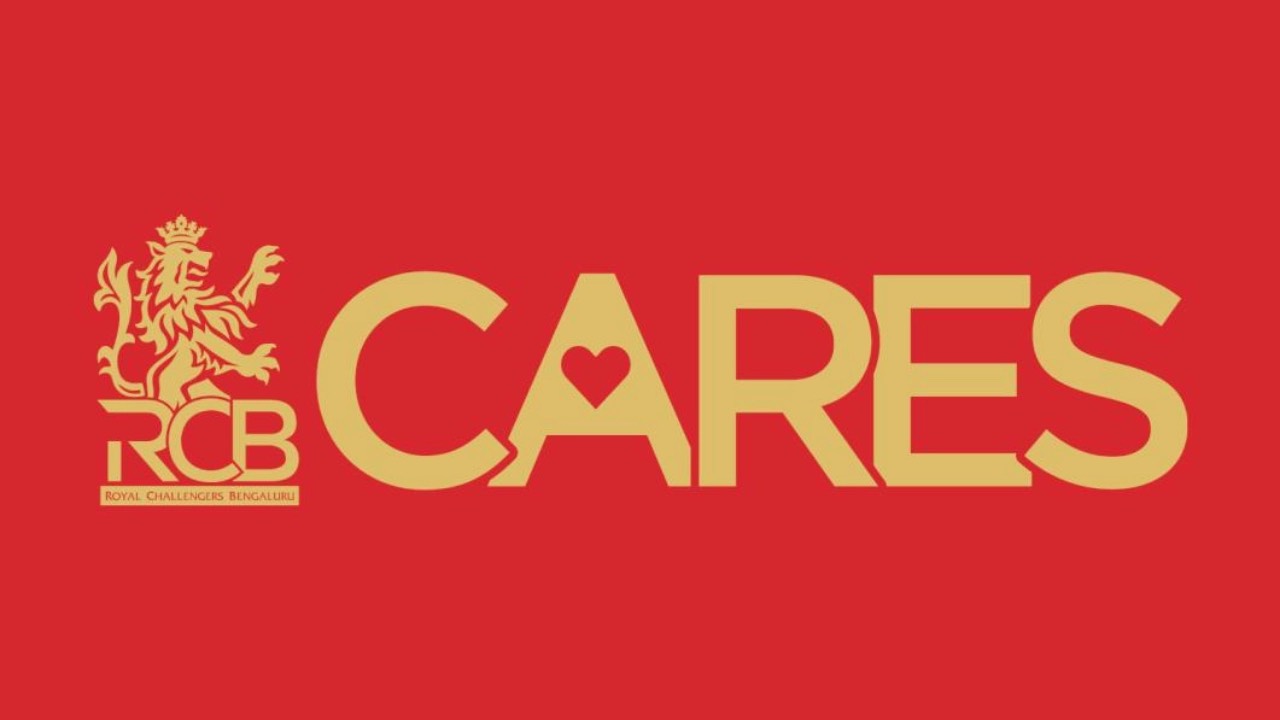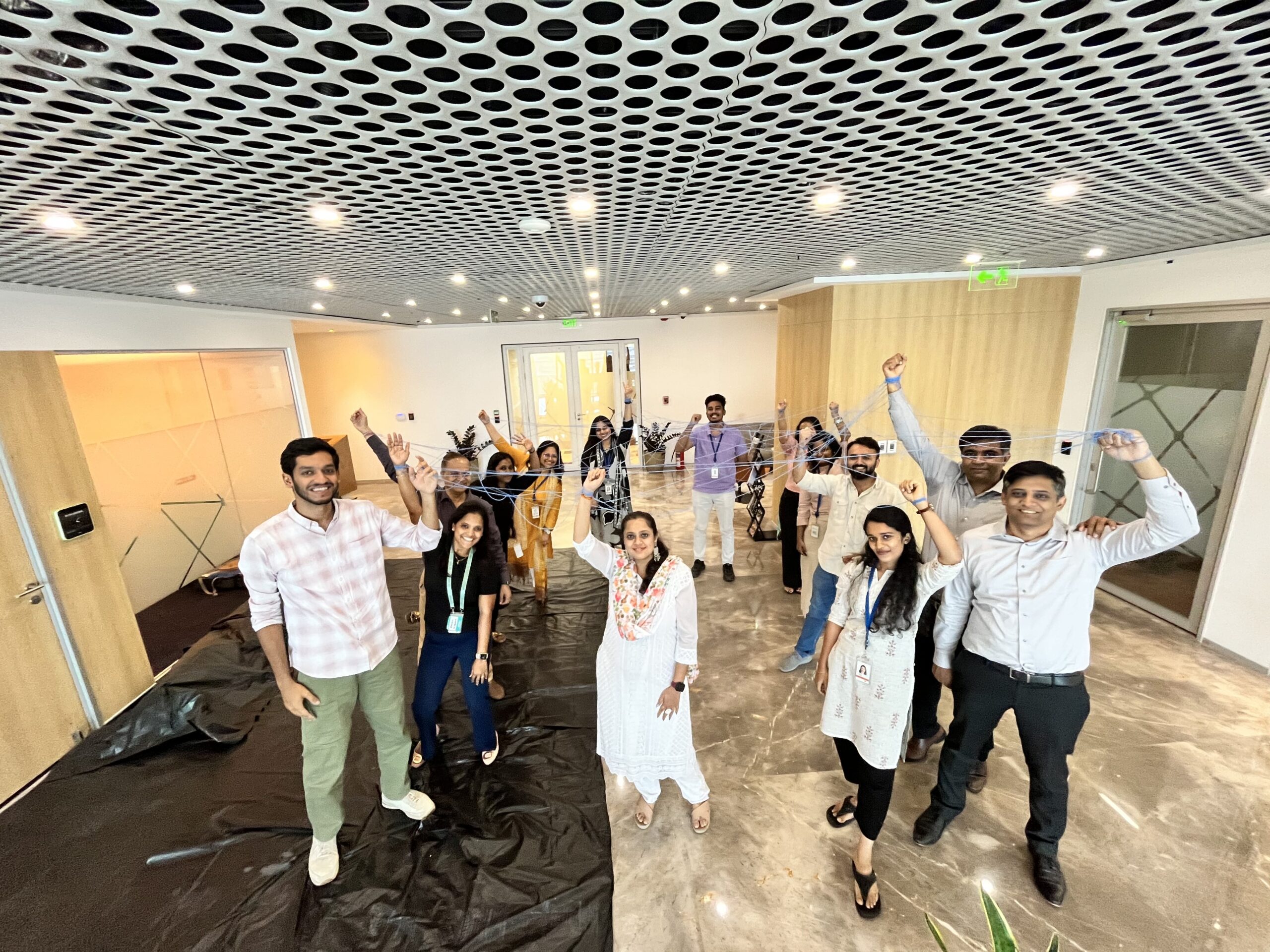In today’s dynamic business landscape, collaboration is key. Companies thrive when information flows freely, diverse perspectives are valued, and teams work together seamlessly towards shared goals. However, a common challenge faced by many organizations is the existence of silos – isolated departments or teams that function independently, hindering communication and innovation. These silos can lead to inefficiencies, duplication of efforts, and a weakened sense of company culture.
Here at Korelate Learnings, a leading provider of corporate team-building activities, we understand the detrimental effects of silos on workplace productivity and morale. This blog post is designed to equip you with the knowledge and strategies to break down these barriers and foster a more collaborative work environment.
Understanding the Causes of Silos
Before we delve into solutions, let’s explore the factors that contribute to the formation of silos in the workplace:
- Departmental Focus: Teams may become overly focused on their own Key Performance Indicators (KPIs) and departmental goals, losing sight of the bigger picture and how their work connects to other departments. For example, the marketing team might be solely focused on increasing brand awareness, without considering how their strategies align with the sales team’s goals of lead generation and conversion.
- Lack of Communication: Inadequate communication channels and unclear expectations can hinder information sharing and collaboration between teams. This can be due to a lack of transparency, limited opportunities for interdepartmental interaction, or ineffective communication protocols. For instance, a company might have information siloed in different department-specific software programs, making it difficult for teams to access and share critical data.
- Differing Work Styles: Teams with diverse work styles may struggle to collaborate effectively if there’s a lack of understanding or appreciation for these differences. For example, an analytical team might prefer detailed data and reports, while a creative team might thrive on brainstorming sessions and visual aids. Without acknowledging these differences, frustration and miscommunication can arise.
- Physical Barriers: Even physical office layouts can contribute to siloed thinking. Traditional cubicle structures or isolated workspaces with limited common areas can limit casual interactions and spontaneous collaboration. An open floor plan with designated collaboration zones, on the other hand, can foster more interaction and team building.
- Unhealthy Competition: While some competition can be healthy and drive innovation, fostering an overly competitive environment between departments can discourage collaboration and knowledge sharing. For instance, a commission-based sales structure might incentivize salespeople to withhold information from the marketing team about potential customer leads.
The Detrimental Effects of Silos
Silos can have a significant negative impact on your organization in several ways:
- Reduced Innovation: When teams work in isolation, they miss out on valuable cross-pollination of ideas and perspectives that can lead to groundbreaking innovation. For example, a marketing team working in a silo might miss out on insights from the customer service department about common customer pain points, hindering their ability to develop effective marketing campaigns.
- Inefficiencies: Duplication of efforts and a lack of coordinated planning can lead to wasted resources and missed opportunities. For instance, the sales team might be creating their own marketing materials without consulting with the marketing department, leading to inconsistencies in messaging and branding.
- Poor Decision Making: Without the benefit of diverse perspectives, decision-making can be flawed and lack a holistic view of the situation. For example, a product development team working in a silo might design a product that doesn’t meet the needs of the target market, as identified by the marketing and sales teams.
- Low Morale: Employees who feel isolated and disconnected from their colleagues in other departments can experience decreased motivation and engagement. This can lead to higher turnover rates and a less positive work environment.
- Weak Company Culture: Silos can foster a sense of “us vs. them” between departments, hindering the development of a strong and unified company culture. A strong company culture is built on shared values, collaboration, and open communication – all of which are undermined by the presence of silos.
Building Bridges: Strategies to Break Down Silos
Fortunately, there are several strategies you can implement to break down silos and create a more collaborative work environment. Here’s a detailed breakdown of these strategies:
- Promote Cross-Functional Collaboration (continued):
- Interdepartmental committees: Establishing permanent committees with representatives from various departments can provide a platform for ongoing communication and collaboration. These committees can focus on specific areas like strategic planning, process improvement, or customer experience.
- Invest in Effective Communication: Effective communication is the cornerstone of collaboration. Here are some ways to achieve this:
- Establish clear communication channels: Define clear communication protocols and utilize a variety of communication tools, such as project management platforms, instant messaging platforms, and video conferencing software, to ensure smooth information flow across departments.
- Hold regular cross-departmental meetings: Schedule regular meetings between teams from different departments to discuss projects, share updates, and address any challenges.
- Foster a culture of open communication: Encourage employees to openly share information, ask questions, and provide feedback. Leadership should model this behavior by being transparent and accessible.
- Organize Team-Building Activities: Corporate team building activities can be a powerful tool for breaking down silos in several ways. Here’s why they are effective:
- Shared Experiences: Engaging in team building activities creates shared experiences that help team members from different departments bond and build relationships. These shared experiences can become a foundation for future collaboration and help to break down the “us vs. them” mentality.
- Recognize and Reward Collaboration: Acknowledge and reward individuals and teams who demonstrate collaborative behavior and achieve success through teamwork. This can be done through public recognition programs, bonuses, or team-building outings. By incentivizing collaboration, you can set a positive example and encourage others to follow suit.
- Lead by Example: Leaders play a crucial role in fostering collaboration. Here’s how they can contribute:
- Engage with different departments: Leaders should actively break down silos by regularly interacting with teams from different departments. This can involve attending departmental meetings, participating in team-building activities, and simply making an effort to get to know employees from other areas of the company.
- Promote open communication: Leaders should model open communication by being transparent, and accessible, and encouraging honest feedback from employees.
- Recognize and reward collaboration: Leaders should acknowledge and reward individuals and teams who demonstrate collaborative behavior.
- Create Open Workspaces: Consider redesigning your office layout to encourage interaction and collaboration. Here’s how an open workspace can help:
- Open floor plans: Moving away from traditional cubicle structures towards open floor plans with common areas can facilitate casual encounters and spontaneous collaboration.
- Collaboration zones: Designate specific areas within the office for brainstorming sessions, team meetings, and project work. These spaces should be equipped with comfortable furniture, whiteboards, and other tools that encourage teamwork.
- Utilize Technology: Collaboration tools can bridge geographical distances and streamline communication between teams. Here are some examples of such tools:
- Project management platforms: These platforms allow teams to share documents, track progress, and collaborate on projects in real time, regardless of location.
- Instant messaging platforms: These tools enable quick and easy communication between team members, fostering a sense of connection and immediacy.
- Video conferencing: Video conferencing software allows teams to hold virtual meetings, eliminating geographical barriers and facilitating face-to-face interaction.
The Role of Team Building Activities in Breaking Down Silos
- Shared Experiences: Engaging in team building activities creates shared experiences that help team members from different departments bond and build relationships. These shared experiences can become a foundation for future collaboration and help to break down the “us vs. them” mentality.
- Communication & Collaboration: Many team building activities require teams to communicate effectively, solve problems collaboratively, and work towards a common goal. These activities provide a safe and engaging environment for teams to practice these crucial skills in a context outside of their daily work routines. As teams learn to communicate and collaborate more effectively during team building activities, they can carry these skills over into their everyday interactions with colleagues from different departments.
- Understanding Differences: Team building activities can help team members appreciate different work styles and perspectives, fostering empathy and understanding. By working together on a common challenge, team members discover each other’s strengths and weaknesses, and gain a better understanding of how their work styles complement one another. This appreciation for diversity can lead to more effective collaboration across departments.
- Breaking the Ice: Informal team building activities can create a relaxed atmosphere where team members can interact outside of their usual work roles. This can help to break down social barriers and create a sense of camaraderie between colleagues from different departments. When team members feel comfortable interacting with each other on a personal level, communication and collaboration become more natural and effective.
Here at Korelate Learnings, we understand that a one-size-fits-all approach to team building doesn’t work. We offer a variety of customizable team building activities designed to address your specific needs and challenges. Whether you’re looking for activities that promote communication, problem-solving, or simply getting to know each other better, we have a program that’s right for you.
Additionally, team building activities can be a great way to:
- Boost Morale: A successful team building activity can leave team members feeling energized, motivated, and connected to their colleagues.
- Improve Problem-Solving Skills: Many team-building activities require teams to work together to solve problems, which can enhance their problem-solving skills and critical thinking abilities.
- Increase Creativity: By bringing together diverse perspectives, team building activities can spark creativity and lead to innovative solutions.
By incorporating team building activities into your company culture, you can create a more collaborative and productive work environment. If you’re looking for ways to break down silos in your workplace, Korelate Learnings can help. Contact us today to discuss your specific needs and develop a customized team-building program that’s right for your team.







